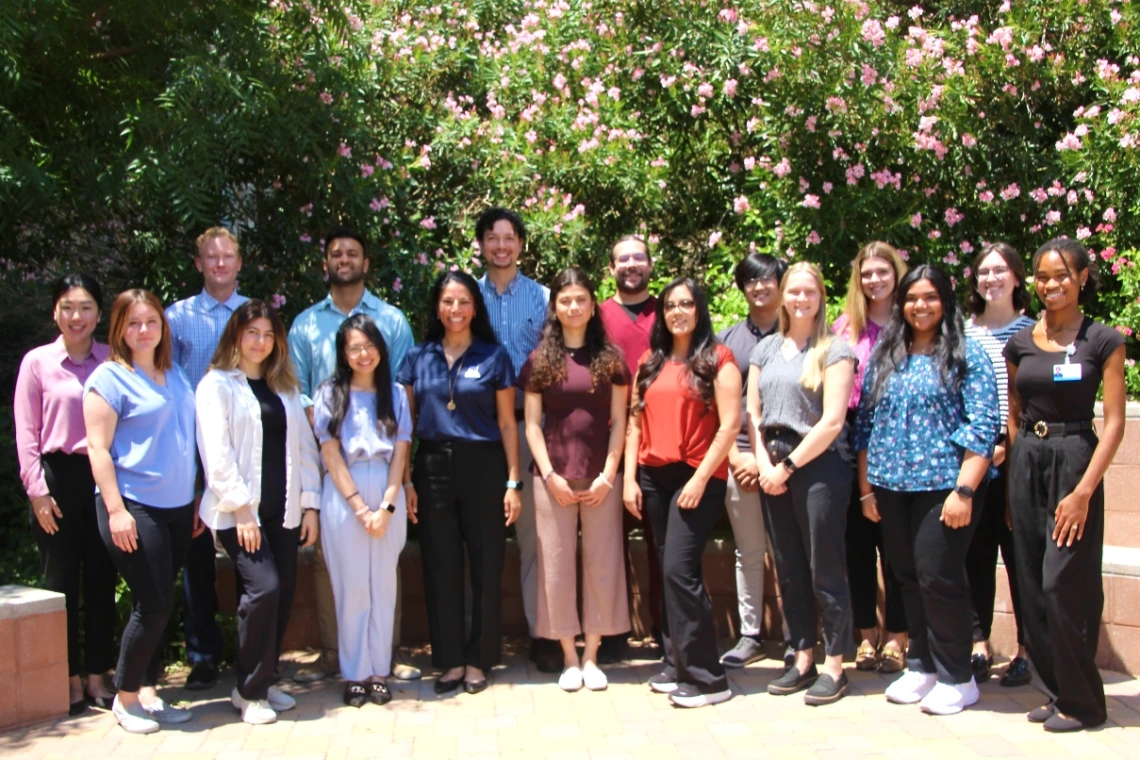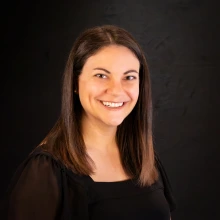Pharmacy Residency Programs

The pharmacy residency program at the University of Arizona College of Pharmacy was established in 1975. With more than 40 years of experience, the residency programs have evolved into some of the most prestigious in the nation.
We encourage you to explore Tucson and Phoenix and consider applying to one of our competitive university-sponsored or university-affiliated programs.
Banner – University Medical Center, Phoenix
Banner – Baywood Medical Center, Mesa
Banner – Boswell Medical Center, Sun City
Banner – Desert Medical Center, Mesa
Banner – Estrella Medical Center, Phoenix
Banner Health, Phoenix
St. Joseph's Hospital and Medical Center, Phoenix
Chandler Regional Medical Center, Chandler
Optum Specialty Pharmacy Community, Phoenix
Phoenix Children’s Hospital, Phoenix
Banner – University Medical Center South
Banner – University Medical Center Tucson
Canyon Vista Medical Center, Sierra Vista
Mariposa Community Health Center, Nogales
Phoenix Indian Medical Center, Phoenix
Tohono O’odham Nation Health Care, Sells
Tuba City Regional Health Care Corporation, Tuba City
Whiteriver Indian Hospital, Whiteriver
Background
The University of Arizona College of Pharmacy (UACOP) first developed a program to enhance resident teaching skills in 2001, one of the first residencies in the US to have such a program (Castellani V, Haber SL, Ellis SC Evaluation of a teaching certificate program for pharmacy residents. Am J Health-Syst Pharm 2003; 60:1037-41). The American Society of Health-System Pharmacists (ASHP) residency accreditation standards note that delivering effective education is a foundational skill that should be taught during a residency program. Despite the tremendous diversity among our residents and their subsequent careers, most if not all of our residency graduates will be teachers and educators—as preceptors of students and resident, for patients, other health professionals and in academia. The Pharmacy Resident Scholars in Teaching and Learning (PRSTL) program is offered and coordinated by the College of Pharmacy, and we welcome residents from any program to join.
Goal
The goal of PRSTL is to provide pharmacy residents with a structured educational program to enhance teaching skills in the most common educational settings. The goals of the program will be achieved by resident participation in discussions and workshops, completion of active assignments and a variety of actual teaching experiences. Each resident in the program will work under the guidance and supervision of a teaching mentor to assure that the goals are being achieved.
Objectives
- Gain foundational knowledge in educational theory, principles of learning and effective teaching techniques
- Develop a personal written teaching philosophy
- Develop and demonstrate proficiency in the development, delivery and assessment of a variety of effective instructional methods including small group facilitation, large group learning, active learning, OSCEs and precepting
- Cultivate a mentee-mentor relationship to gain feedback throughout the program
- Demonstrate the ability to effectively assess student performance
- Create and maintain a teaching portfolio
PRSTL Components
Discussions and workshops (active learning experiences)
- Teaching & Learning
- Teaching and Learning Styles
- Teaching Philosophies & Portfolios
- Mastering the Art of Clinical Facilitation: Best Practices & Assessment Strategies
- Escape the Snooze Button: Power Up Your Presentations
- Review of Teaching Philosophies
- Precepting Concepts and Feedback 101
- Boomer, Millennial, or Gen Z? Teaching & Learning Across Generations
- Engaging a Large Audience
- From Scroll to Soul: Deepening Learner Relationships in a Digital World
- Precepting Challenges and Residents’ Reflections/Lessons Learned
- Design with Intention: Crafting Content That Connects
- Smarter Workflows: How AI Can Support Clinical Pharmacy Practice
- Careers in Academia
- Research & Scholarly Activity
- Statistics for Busy Practitioners (2-part series, practical, research project-focused)
- Academic Posters: The Good, The Bad, and The Just Wrong
- Using Excel
- Professional Development
- Rx for Success: Developing a Growth Mindset and Your Pharmacy Professional Identity
- Who Are You When No One’s Watching? Professionalism in Practice
- Negotiating for a Job
Active assignments
- Complete VARK learning styles, Staffordshire Evaluation of Teaching Styles
- Development of a teaching philosophy
- Writing and maintaining a teaching portfolio
- Writing educational objectives and exam questions
Actual teaching (minimum number, all must be formally evaluated)
- CE style lecture targeted to pharmacists
- Student large group teaching/lecture OR formal student topic discussion
- Small group facilitation (e.g. case discussions, workshop facilitation)
- Observed Structured Clinical Exam (OSCE)
- Student co-precepting
Types of resident presentations
- Case presentations and clinical pearls
- Journal club
- CE presentation
For additional information about the PRSTL Program, please contact: Ashley Campbell via the information listed below.
The University of Arizona College of Pharmacy-affiliated residency programs welcomes international applicants to our PGY1 and PGY2 programs. We have had residents in our programs from a variety of countries, and we have frequent international visitors with whom our residents can meet and interact.
Some of our affiliated sites have positions that are specifically labeled as “international.” Those positions are for candidates under country-specific sponsorship agreements. However, for international candidates who do not fall under such sponsorship agreements, we welcome you to apply to our “traditional” PGY1 and PGY2 positions. Please go to the individual site and program pages on our website to obtain more information about individual programs. Each residency is accredited and managed by the specific patient care institution, and each program requires a separate PhORCAS application. In some cases, the positions for sponsored residents have a different match number. International residents are not in a special residency program. Once admitted, residents from other countries will complete the same program as other residents with the same high expectations.
All international applicants must be eligible for licensure as a pharmacist in Arizona, either through graduation from an ACPE-accredited College of Pharmacy or by holding a Foreign Pharmacy Graduate Equivalency Certificate (FPGEC). International applicants have a variety of immigration situations, and our College of Pharmacy International Programs staff and the University of Arizona Global Initiatives Office have extensive experience in assisting with visa issues for incoming pharmacy residents.
If you are eligible for post-completion Optional Practical Training (OPT) under your student F-1 visa, you should submit your application for OPT as early as possible, 90 days before your graduation date. OPT is not tied to a specific employer. DO NOT wait until the Match! With the increasing processing times for OPT applications, any delay in submitting your application may result in a delay in your ability to start your residency. Make sure you are in touch with your university or school’s international office to arrange the OPT application and to have your questions answered.
For international applicant questions, please contact Michael Katz.



